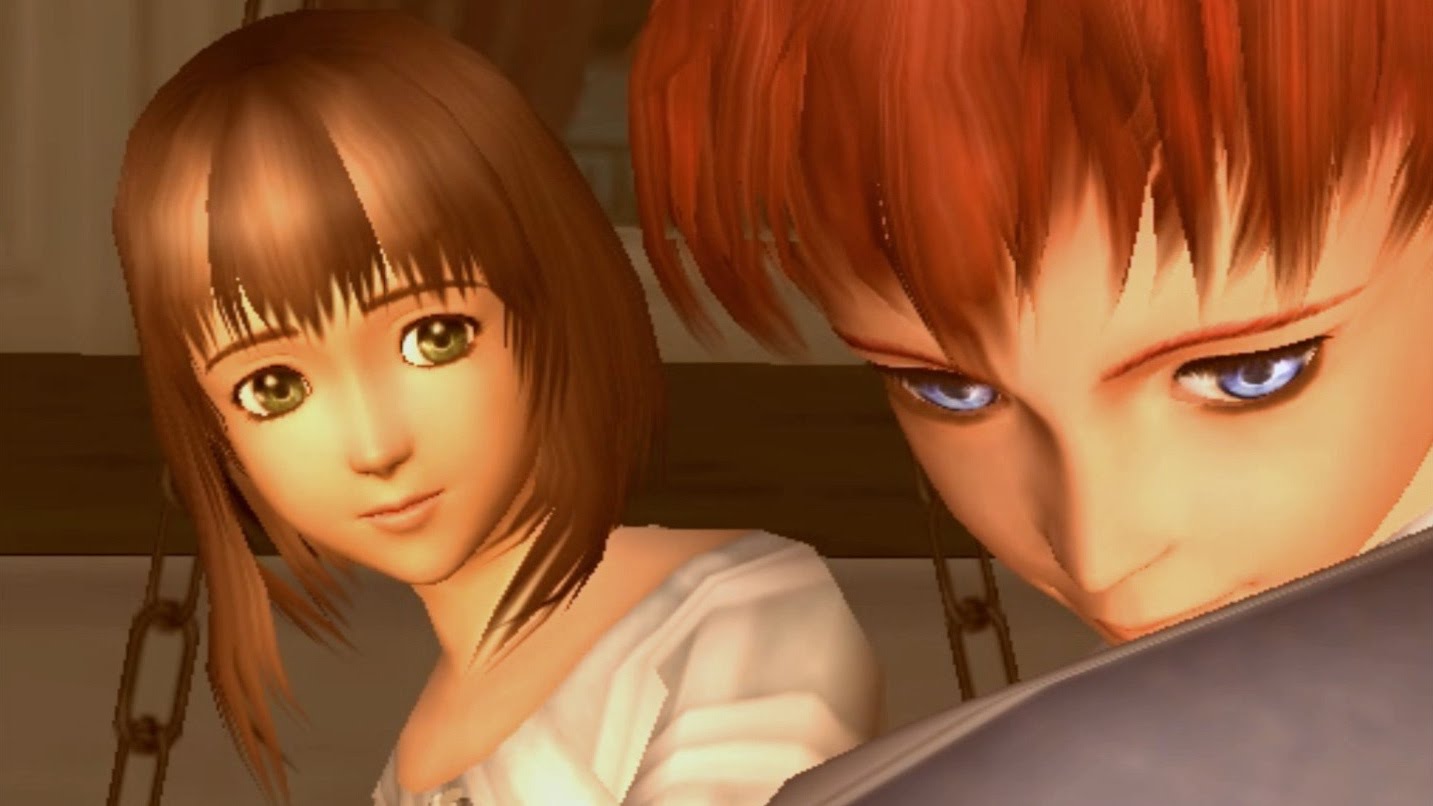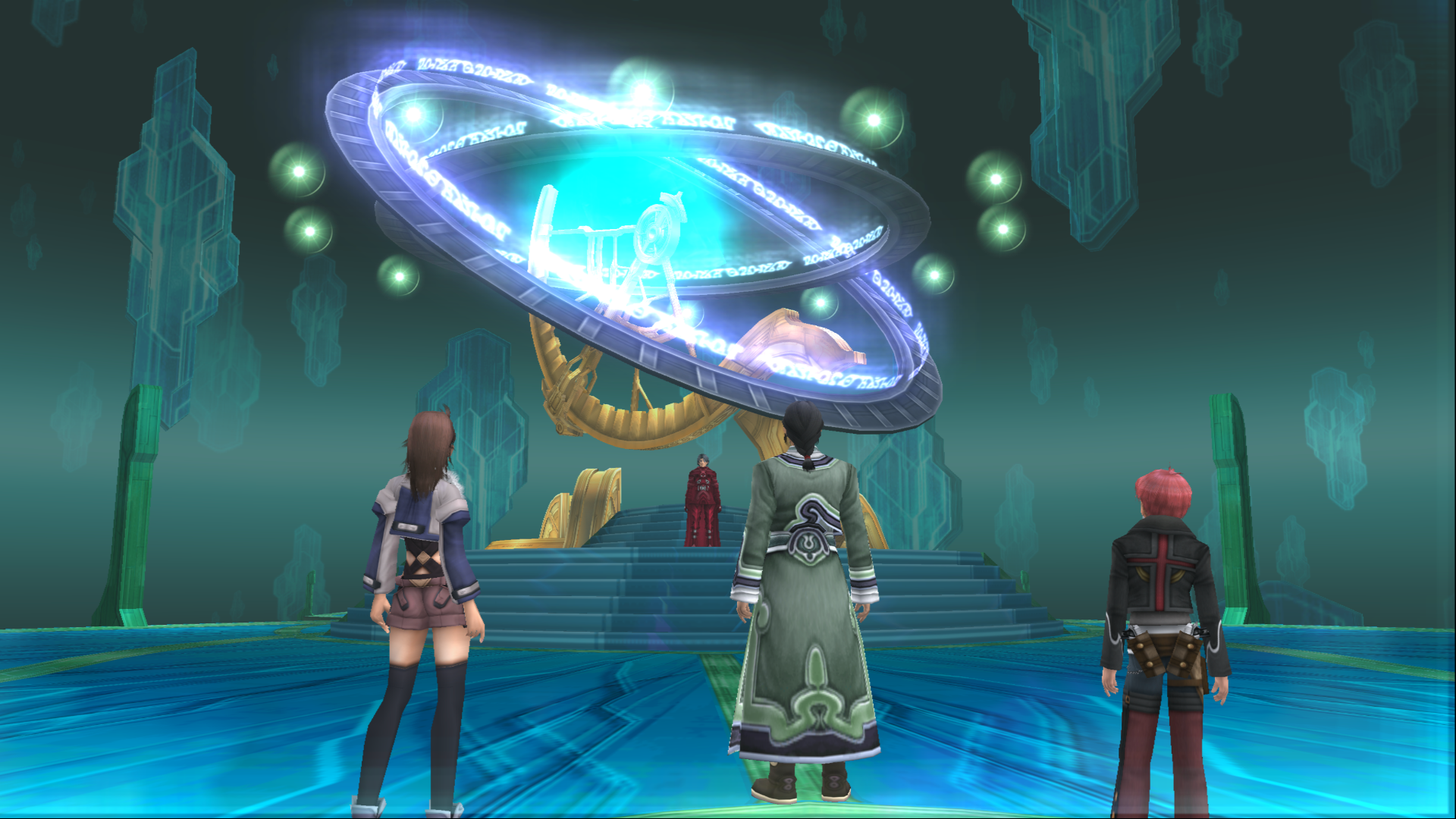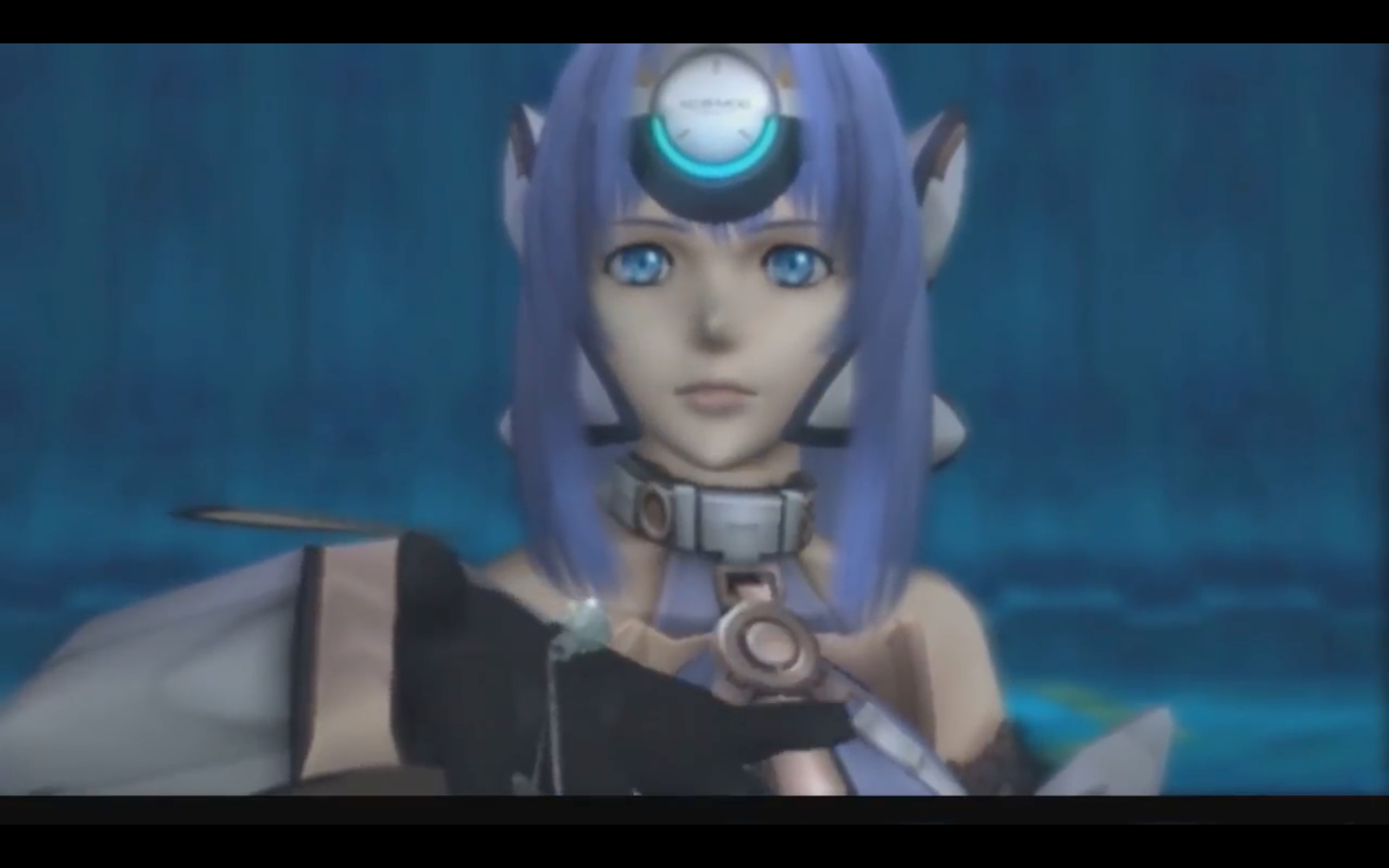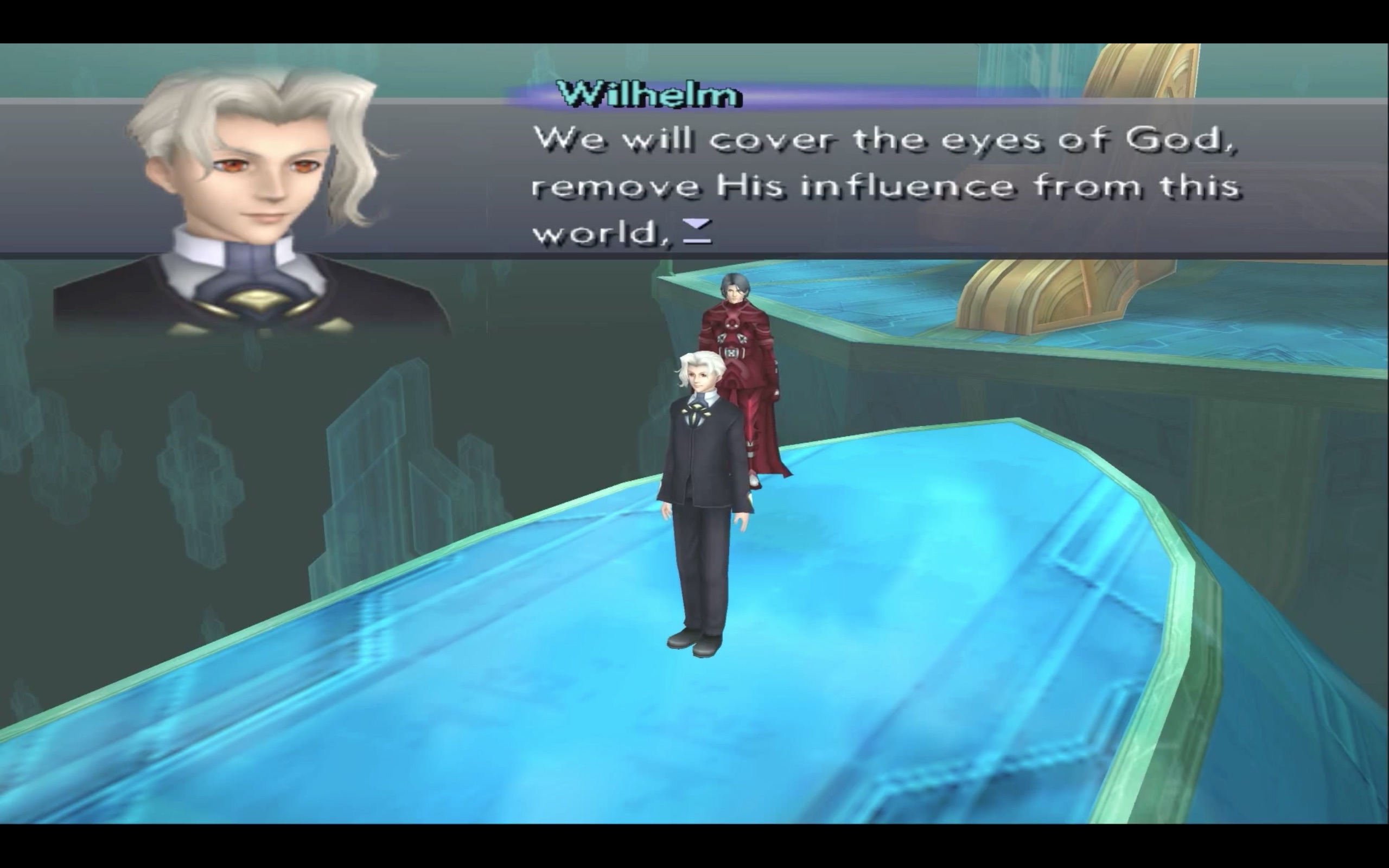Xenoblade is a fantastic series for Nintendo. Xenoblade Chronicles for the Wii introduced us to an open world and fantastic real-time combat which was inspired by the turn-based combat of Xenosaga with the break system. Xenoblade Chronicles X on the Wii U was completely open world and gave us the complete freedom to explore, even giving us Mechs with flight ability which was so much fun.

Xenoblade Chronicles 2 for the Nintendo Switch is more of a Shonen coming of age story that is really an interactive anime. It is a great game, the combat, once you fully grasp it, is very innovative and it’s a fun game, but it doesn’t nearly have the depth of Takahashi’s previous project and masterpiece, the Xenosaga series. While the Xenoblade Chronicles series is enjoyable, Xenosaga is better than Xenoblade Chronicles.

Xenosaga Episode I: The Will to Power

Xenosaga Episode I: Der Wille zur Macht was first released in Japan in 2002 and in North America in 2003. It got stellar reviews, and IGN even gave it an 8.8/10. It actually sold quite well and was a part of the PlayStation Greatest Hits collection with a red label. The series was originally envisioned as a six-part saga, with each arc being two “episodes”. This, obviously, didn’t work out as planned. Much was cut from the first game, as it was an incredibly ambitious project and the planned 80-hour game turned into a 30-40 hour game. The combat was stellar and the narrative was fantastic, but it ended on an unsatisfying note. It was, in a sense, a re-imagining of Xenogears, as legally Takahashi couldn’t make a sequel to the game. The Zohar is present though, as well as the religious and philosophical themes.
Xenosaga Episode II: Beyond Good and Evil

The second game, Xenosaga II: Jenseits von Gut und Böse, while still very enjoyable, lacked cohesion in the narrative. This was because the story scenario writer, Sorya Saga, was taken off the project. The second game had some of the best puzzles in any RPG, the combat system, while intricate, was fantastic. It was rather short, which was a problem, and the non-rendered cutscenes looked horrible. The in-game music didn’t match the tone of the game. The cutscene music, written by Yuki Kajiura, surpassed Mitsuda’s work on Xenosaga: Episode I though and was magnificent.

Despite these flaws, it’s still a wonderful game with a compelling story and amazing characters. All the classic Takahashi themes are present in the game. Takahashi stepped down as director because he felt that his style would simply prolong the development period (this was stated in a Famitsu interview), so he allowed younger members of the company to take over, with him developing the overall story arc. The game didn’t completely fit his vision, as he created Xenosaga I&II for the DS in Japan, but it didn’t get a western release. Xenosaga II still received a 7.9 from IGN and a 7.8 from GameSpot, which has a reputation of being very critical with their reviews. So it was by no means a bad entry in the franchise. And it has some of the best Rubedo and Albedo, one of the most interesting, complex characters in the Saga, moments.
The game did end on a fantastic note with a few surprises and sets up the last game perfectly. There’s also plenty to do post-game, which makes it longer than the 25-hour story.
Xenosaga Episode III: Thus Spoke Zarathustra

Xenosaga Episode III: Also Sprach Zarathustra is the best RPG to come out on the PlayStation 2, and I would even say it’s one of the best RPGs of all-time (Game Informer listed Xenosaga Episode I as one of the best). It has the best turn-based combat of any RPG, the story ties everything up nicely and is the most intriguing and mystifying story to grace any entertainment medium, the characters are complex and each one gets closure, even minor ones. Yuki Kajiura returned to score the entire game, including the in-game music and did a magnificent job. The music is some of the best in any game, especially the boss music, as there are so many of them.

The Nietzsche references in the games and the focus on the character’s “wills”, the heavy biblical references, the Jungian philosophy, and flat-out Gnosticism made is what makes this one of the best stories ever told in any medium. Not just because they are there, but because of the execution of it. In Gnostic Christianity, Jesus takes two forms, a physical form and a spiritual one. It alluded that one of our characters is, in fact, the spiritual form of Jesus who we know performed miracles for him. While the lore and mythology of the game are deep, it isn’t just a backdrop to the story of the series. It actually relates directly to the characters and their development, which is near perfection. It’s a story about human will and choice, along with so much, more, and the saga really does end on a perfect note.

Takahashi has said that if the funding was there, probably referring to Bandai Namco, that he would be willing to continue the series. It would be on the Nintendo Switch, and there is a campaign to bring an HD version of the Saga to the console. Continuing the series, considering the ending, would in a sense be a reboot. Episode IV would be a wonderful way to introduce characters to the series but not overwhelm them with information they wouldn’t understand and characters they wouldn’t know. Only chaos and KOS-MOS would be present.
Xenosaga versus Xenoblade Chronicles

Xenosaga is superior to Xenoblade, point blank. The stories are better and have more depth and development, the combat is more enjoyable, and quite frankly, Xenosaga is Takahashi’s dream project. Xenoblade Chronicles actually imitates Xenosaga as Fiora is essentially KOS-MOS and Shulk visually symbolized chaos as his eyes glowed blue at one point and Fiora gave off a red aura, like Mary’s power. Takahashi wanted to make more Xenosaga, but couldn’t, so he made something as close to it as he could in a different world with his unique imagination, creating a new world, which was fascinating. It just don’t surpass Xenosaga’s narrative, lore, or characters.
Xenosaga not only surpasses Xenoblade, but hopefully with the newfound popularity of Xenoblade, Nintendo, Monolith, and Bandai Namco can figure something out and give us more Xenosaga. People want it, whether it’s an HD collection or Episode IV.

It’s finally financially viable and is both Tetsuya Takahashi’s masterpiece and dream project. Plus, it has a level of depth that no other game to date has and is the best narrative ever written, even if sometimes the execution isn’t perfect.
